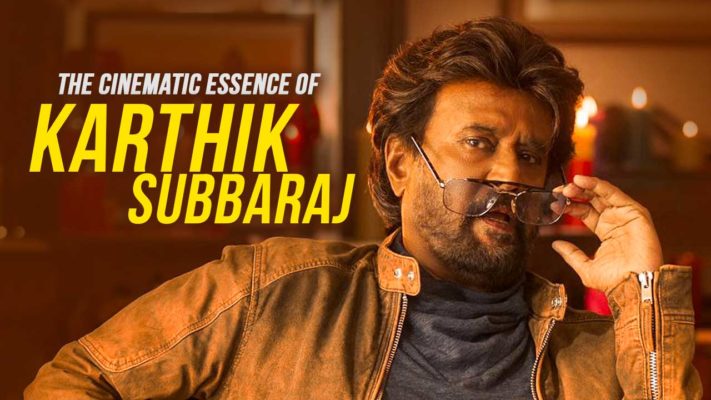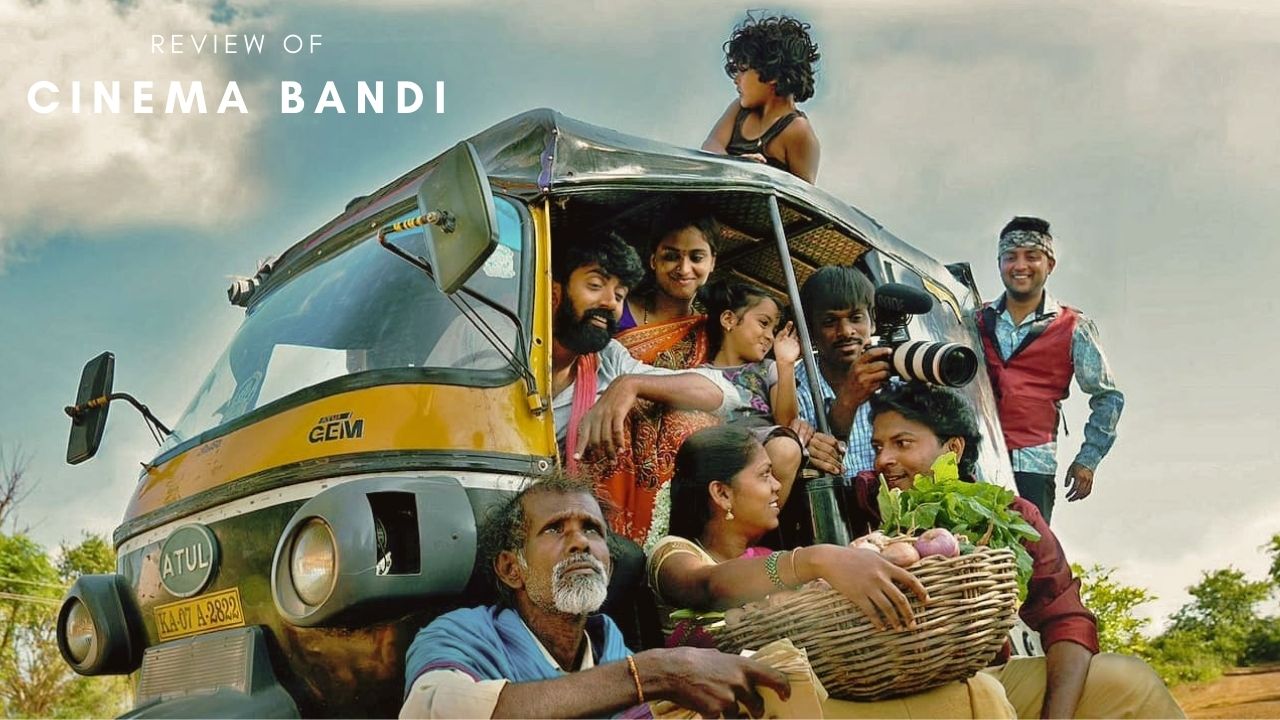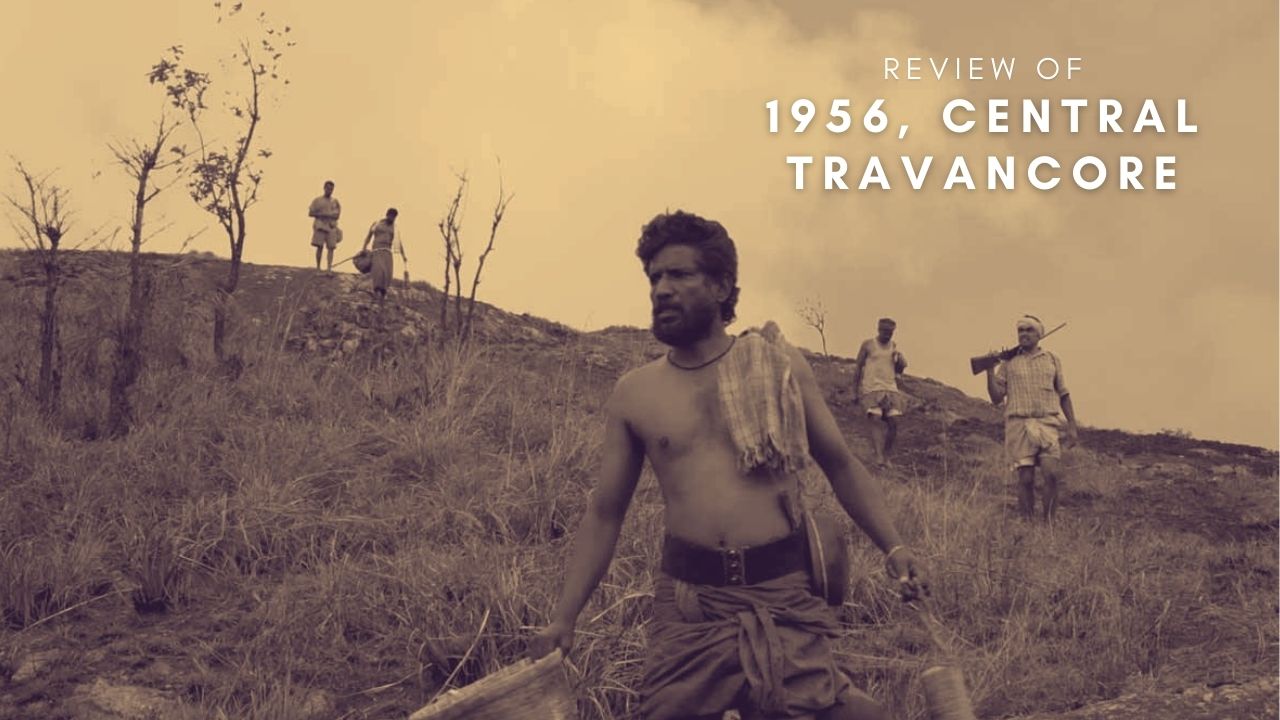
Tarantino Film School: Karthik Subbaraj
Karthik Subbaraj, one of Kollywood’s uniquely talented and proficient filmmakers has constantly illustrated the heavy and healthy influences he drew from the American master, Quentin Tarantino. Tarantino, though just 8 films old, has so lucidly announced his film language and the fact that a name “Tarantino” transforming into “Tarantinoesque”, a phenomenon, explains his mastery over the art and craft of filmmaking.
Both Karthik Subbaraj and Tarantino had different travels, regarding concerns of life but interestingly their ideology and most importantly their taste in film-making fall under the same roof. The vital strength and in fact the power of Tarantino is his writing, his ability to hold suspense through dialogues, and simultaneously tickle you with it too. His dialogues are alike a pie coated with an acutely delicious wit, topped with quirky profanity.
Karthik Subbaraj, having mentioned Tarantino’s name in a considerable lot of interviews, hints at his admiration towards Tarantino in his movies, especially Jigarthanda and Iraivi. A few points which connect Subbaraj with Tarantino are listed below. They are instances of essentially rare creators with striking capacities to masterfully converge intelligence and entertainment aided with their sheer love for films.
The Writing
As I mentioned earlier, Dialogues are a huge asset to both these filmmakers. Be it the opening scene of Pulp Fiction and Reservoir Dogs, or the hospital scene in “Iraivi” where the characters plan to rob the idol. The dialogues have a fair share of brilliantly written humor and quirkiness, but most importantly they have suspense as their undertone and the conversation slowly shifts the genre of the movie.
Like in Pulp Fiction, the conversation, which seems like a random conversation between a couple, slowly builds and transforms into a scene where they hijack the restaurant they are in. In Reservoir Dogs, a conversation which seems like a bunch of friends with different understanding ideologies, talking about “Like a Virgin” and finally about tipping, slowly reveals they are a bunch of robbers, planning a heist. He could write one brilliantly composed scene and make the viewer laugh, become nervous, applaud and cringe a little at the violence with which the scene ends.
The underground bar sequence in “Inglorious Basterds”, starts as a slow, funny scene but builds and ends as a gruesome shootout. Similarly, the scene in “Iraivi” starts with a wounded, humiliated filmmaker pouring his heart out to his bed-ridden mother, every character exists in a state of sorrow, the scene then slowly builds in suspense coupled with humor and concludes with the bunch planning to rob the statue.
The funeral scene in Thalaivar’s Petta is yet another example, where Thalaivar and Sasikumar discuss murder so casually as if they are deciding on what to order for lunch! These parallels prove the fact that Subbaraj has exquisitely managed to master the art of creating Tarantinoesque movies with a sense of a fascinating feel lingering in and around his work.
Pop Culture References
If it is Ennio Morricone for Tarantino, it is Ilaiyaraja for Karthik Subbaraj. Sethu character in Karthik Subbaraj even mentions that he is a Sankar Ganesh fan. The use of retro songs and music in the funniest scenes or even in the most violent scenes has been a key trait of both the filmmakers.
The theatre scene in Jigarthanda, the intro of S.J. Suryah in Iraivi, the usage of Ennio Morricone’s tweaked version of ‘Fur Elise” in the opening scene of “Inglorious Basterds” are few of the examples that evidence this point. Besides music, there are references to old movies and artists in most of the scenes. The opening credits of almost every Tarantino movie seems like a movie from the ’60s and coming to Subbaraj, the best example would be the interval card of Jigarthanda, with a menacing whistle soundtrack.
Violence
The one word that hits your mind when someone says “Tarantino” is violence. Violence has been a key part of Tarantino’s narrative in all his films. Yet another key trait of Tarantino is his ability to surprise you with violence, or in other words, to inject violence in a scene which seems so calm and composed.
The Writer-Director has himself stated that “Violence is one of the most fun things to watch!” He recreates the same with the touch of flesh, blood and a streak of fun or fascination based on the demands of the situation. The murder of Soshanna by Fredrick in Inglorious Basterds was a remarkable affair of romanticized drama! The death of Marvin in Pulp Fiction is, of course, another great example. It happens in a flash when you expect it the least. Again, the underground scene in “Inglorious Basterds”, the scene seems so full of merry, right until the moment when someone points a gun at the officer accidentally reveals his identity.
Similarly, in a scene in Jigarthanda, where Sethu is seen having a meal, and then suddenly it is revealed that a man is held hostage and even the man’s death happens in a flash when you least expect it. This sense of spontaneity and suspense has been inherent in both these masters.
The Antagonists
The antagonists in both the filmmaker’s movie own plenty of attributes. They are so deadly, as deadlier as they can get. They are beasts, they are almost psychotic, but they are equally quirky and humorous. Most importantly, the deadly antagonists get spoofed or trolled towards the end. Marsellus Wallace, who looks like a giant powerhouse, gets fucked by a random cop, and he asks Bruce Wills to not share this with anyone.
Sethu, who looks so menacing in the first half, turns a clown in the second. Be it Hans Landa in Inglorious Basterds, the “Pumpkin” character in Pulp Fiction who starts in a great high, who seems under control, in the end, gets shut down by Jules played by Samuel. L. Jackson. Everybody gets trolled or mocked at in the end. Even Vincent and Jules from Pulp Fiction, who seem so controlled and composed, get trolled and yelled at by Tarantino in the “Dead Nigger Garage” scene.
The Music
Music, especially the soundtrack forms the backbone of these two filmmaker’s movies. The non-conventional usage of melodious track in an extremely violent scene, the usage of westernized guitars and whistle in most of the tracks, Karthik Subbaraj has made sure that his movie carries the same mood as that of Tarantino.
Though you also see glimpses of Guy Ritchie, Martin Scorsese and Christopher Nolan in Karthik Subbaraj’s films, the effect Quentin Tarantino has, is something so clearly evident and is enriching, highlighting that great inspirations trigger the genius in one, guiding their creative potential to a fulfilling level.
Marana waiting for Subbaraj’s next and Tarantino’s “Once upon a Time In Hollywood”.
Meanwhile, let’s not forget our Tyler Durden and Kino fist founder. Definitely, we gotta delve into the connections Thiyagaraja Kumararaja profusely shares with Tarantino. Let’s savor it up for the next. Talking Tarantino is such Bliss and so are discussions on his sishyas who are shattering conventions and moving on to harnessing the best of all their creative instincts. Tarantino is indeed a film school on his own.














